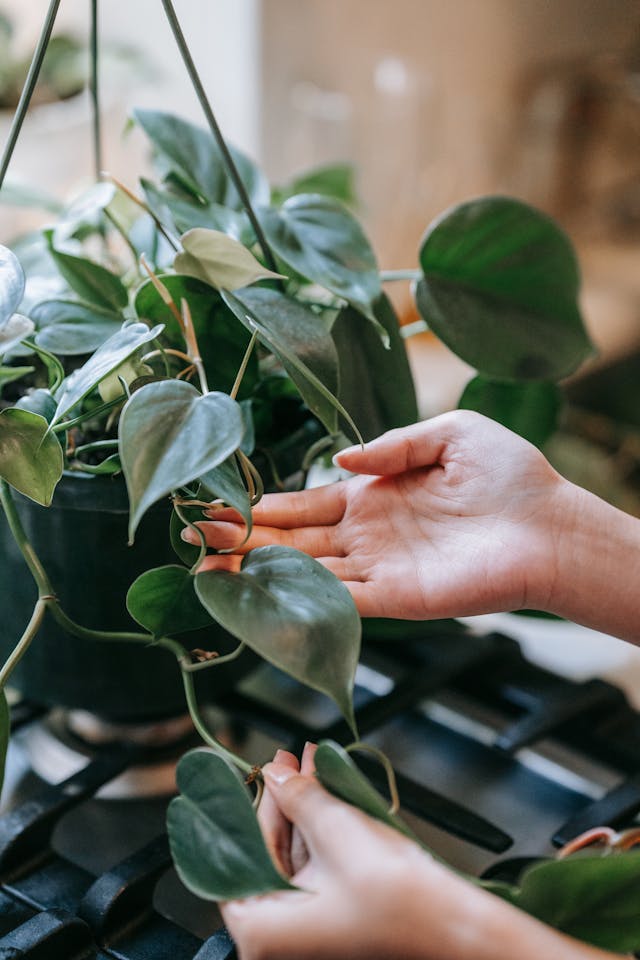
Philodendrons are celebrated for their lush foliage and adaptability, making them a top choice among indoor plants. They not only bring a vibrant green touch to your space but also adapt seamlessly to indoor settings. Here’s how to care for your new Philodendron from Millie's Plants, ensuring it thrives in its new environment.
Welcoming Your Philodendron Home
Unboxing: Carefully remove your Philodendron from its shipping container. It’s common for plants to exhibit signs of stress like limp or drooping leaves after transit. Allow your plant some time to adjust to its new surroundings.
Inspect for Damage or Pests: Do a thorough check for any signs of damage or pests early on. Early detection is crucial to maintain the health of your plant.
Acclimatization: Gradually acclimate your Philodendron to the light and temperature of its new home. Initially, keep it away from direct sunlight to minimize stress.
Creating the Ideal Environment
Light: Philodendrons prefer medium to bright, indirect sunlight. Avoid direct sun, which can scorch the leaves, and too dim an area, which can cause leggy growth. A spot with filtered light is ideal.
Temperature: As tropical natives, Philodendrons thrive in temperatures between 65°F and 80°F (18°C-27°C). Protect them from drafts and extreme temperature changes.
Humidity: While they prefer humid conditions, Philodendrons can adapt to average home humidity. For drier environments, consider using a humidifier or a pebble tray to increase humidity around the plant.
Caring for Your Philodendron
Watering: Water when the top inch of soil is dry. Philodendrons like moist but not soggy soil. Use room-temperature water to avoid root shock.
Feeding: During the growing season, fertilize every 4-6 weeks with a balanced, water-soluble fertilizer. Reduce this to every other month during the dormant fall and winter months.
Repotting: Every 2-3 years, or when it outgrows its pot, repot your Philodendron using a slightly larger container to encourage growth and prevent overwatering.
General Maintenance
Pruning: To manage its size and enhance its shape, prune your Philodendron regularly. Remove yellow or damaged leaves and trim leggy stems to promote a fuller appearance.
Cleaning: Dust the leaves with a soft, damp cloth to aid in photosynthesis and keep the plant looking fresh.
Pest Control: While resilient, Philodendrons can sometimes attract aphids, mealybugs, or spider mites. Regular inspections and treatments with insecticidal soap or neem oil are recommended.
Troubleshooting Common Issues
Yellow Leaves: Often caused by overwatering. Check for proper drainage and adjust your watering schedule.
Leggy Growth: Typically a sign of inadequate light. Move your plant to a brighter area, but away from direct sunlight.
Brown Leaf Tips: Usually due to low humidity or salt buildup. Increase humidity and consider using filtered water.
Conclusion
Philodendrons make a wonderful addition to any indoor garden with their striking greenery and straightforward care requirements. By following these care tips from the moment your Philodendron arrives, you’ll ensure it remains healthy and grows into an eye-catching feature of your home.